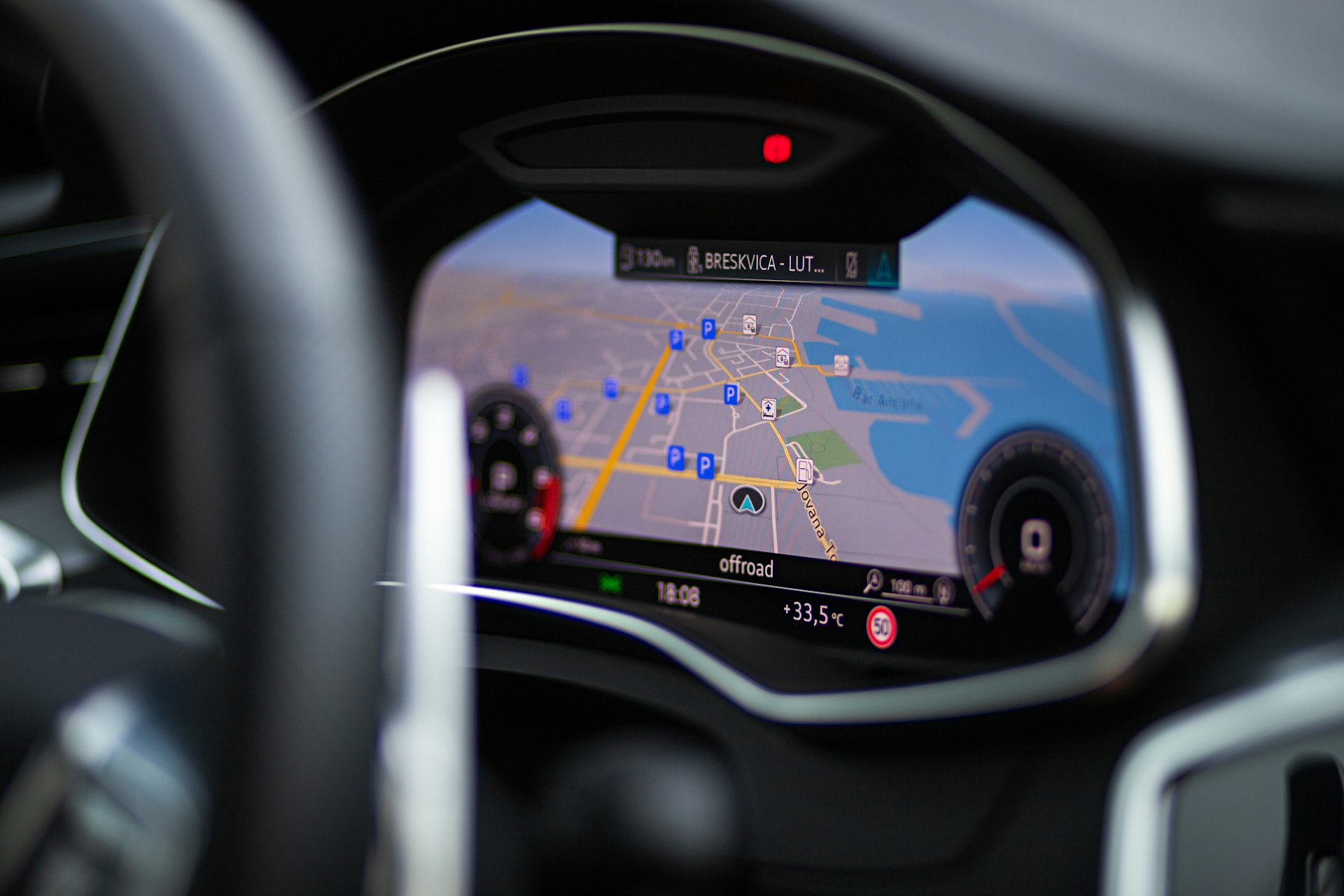Urban Air Mobility: Transforming the Future of the Automotive Industry

Photo by Julien Goettelmann on Unsplash
Introduction: A New Era in Urban Transportation
Urban Air Mobility (UAM) is rapidly moving from science fiction to daily reality, promising to fundamentally alter how we move within cities. The concept involves the use of electric vertical take-off and landing (eVTOL) vehicles and drones for transporting people and cargo across urban areas. This emerging sector is not only creating new opportunities for businesses and commuters but is also set to disrupt the traditional automotive industry in profound ways. Understanding the impact of UAM on the automotive sector is vital for manufacturers, suppliers, and city planners preparing for the next wave of mobility innovation.

Photo by Derek Lee on Unsplash
How Urban Air Mobility is Changing the Mobility Ecosystem
UAM aims to alleviate road congestion, reduce emissions, and provide faster, more efficient transportation. Unlike conventional ground vehicles, eVTOLs can bypass traffic by flying at low altitudes over cities. This capability could slash commute times and help cities address chronic congestion. The technologies driving UAM-such as electric propulsion, advanced batteries, and autonomous flight systems-have strong parallels with those in the automotive sector, especially with the rise of electric and connected vehicles.
Automotive companies are increasingly collaborating with aerospace firms to develop UAM solutions. For example, Hyundai partnered with Uber Elevate to unveil a concept flying taxi, while Toyota has invested in Joby Aviation, bringing its manufacturing and quality control expertise to the table. These collaborations are not only accelerating product development but also bridging the gap between automotive and aerospace manufacturing standards [2] .
Opportunities for Automotive Industry Stakeholders
The integration of UAM presents several key opportunities for automotive companies:
- New Market Segments: UAM opens access to premium and high-growth mobility markets, such as air taxis and on-demand aerial logistics. Automakers can leverage their expertise in electric propulsion, battery management, and mass production to drive down the costs of eVTOL manufacturing and make urban air travel accessible to broader markets [1] .
- Technology Transfer: Many of the core technologies-such as lightweight materials, electric motors, and inverters-are already mature in the automotive sector. These can be adapted for urban air vehicles, allowing for faster scaling and improved reliability.
- Integrated Mobility Solutions: The future of mobility will likely be multimodal. Automotive companies are developing platforms that combine ground vehicles (like autonomous shuttles) with air mobility options to provide seamless door-to-door travel experiences.
Challenges and Barriers to Adoption
Despite the promise, UAM faces significant hurdles that the automotive industry must help overcome:
- Regulatory Complexity: Airspace regulations are far more stringent than road regulations. Companies must work closely with aviation authorities to ensure safety and compatibility with existing air traffic systems [4] .
- Public Acceptance: Safety, noise, and privacy concerns must be addressed. Electric powertrains offer quieter operation, but rigorous quality control and transparent safety records are essential for public trust [1] .
- Infrastructure Needs: UAM requires new infrastructure, such as vertiports, charging stations, and digital air traffic management. Automotive firms can apply their logistics and urban planning expertise to accelerate infrastructure deployment [3] .
To address these challenges, companies should engage in public-private partnerships, participate in pilot programs, and invest in R&D focused on safety and efficiency.
Case Studies: Automotive Industry Partnerships in UAM
Hyundai and Uber Elevate: Hyundai’s S-A1 eVTOL, developed with Uber Elevate, demonstrates the automotive sector’s ability to scale aircraft production to levels that could significantly reduce passenger costs. The vehicle is designed for short urban hops, with rapid recharge times and a focus on quiet, efficient flight [2] .
Toyota and Joby Aviation: Toyota’s investment in Joby Aviation aims to bring automotive-grade quality control to eVTOL production. Their collaboration reflects the growing recognition of UAM as a vital component of future urban transport networks [2] .
Startups and Smart Cities: According to GlobalData, startups are driving rapid innovation in UAM, with cities beginning to integrate eVTOLs and drones into smart mobility systems. Limited commercial deployments for cargo are expected within the next two years, and pilot passenger programs could launch within five years in select cities [3] .
Implementation Guidance: How to Prepare for Urban Air Mobility
If you are part of the automotive industry or a related sector, consider these actionable steps:
- Monitor industry developments through reputable sources such as the National Aeronautics and Space Administration (NASA), the U.S. Department of Transportation, and respected industry publications. Search for ‘urban air mobility initiatives’ on their official websites for updates on regulatory changes and pilot programs.
- Explore potential partnerships with aerospace firms, startups, or technology providers. Collaborative ventures accelerate innovation and provide access to specialized expertise.
- Invest in workforce development focused on electric propulsion, battery systems, and autonomous technologies. Upskilling employees ensures readiness for cross-sector projects.
- Engage with city planners and government agencies to help shape infrastructure and regulatory frameworks. Public-private partnerships are essential for successful UAM adoption.
- Develop flexible, multimodal mobility platforms that integrate ground and air transportation options, offering end-to-end solutions for urban travelers.
- Participate in pilot programs or demonstration projects to gain early operational insights. Look for announcements from major cities or transportation authorities about upcoming opportunities to get involved.
For more information on how to participate in urban air mobility initiatives, you may contact your local chamber of commerce, regional economic development agency, or national transportation authorities. Use search terms like ‘urban air mobility pilot programs’ and ‘eVTOL industry partnerships’ for the latest opportunities.
Alternative Approaches and Considerations
While UAM presents exciting opportunities, it may not replace ground transport entirely. Some cities may prioritize expanding public transit, cycling infrastructure, or low-emission vehicle fleets alongside UAM initiatives. Automotive companies should remain flexible, exploring both advanced air mobility and next-generation ground transportation solutions to remain competitive and meet diverse urban needs [5] .
Key Takeaways
Urban Air Mobility is set to become a transformative force within the transportation ecosystem, creating both challenges and opportunities for the automotive industry. By leveraging their expertise in electric propulsion, manufacturing, and logistics, automotive firms can play a pivotal role in shaping the future of urban mobility. Success will depend on cross-industry collaboration, investment in new technologies, and proactive engagement with regulatory and infrastructure development. Those who act early and thoughtfully will be best positioned to lead in the evolving landscape of urban transportation.
References
[1] Assembly Magazine (2021). Urban Air Mobility is set to take off-with lift from auto industry. [2] Sustainable Skies (2022). How the Automotive Industry is Elevating Urban Air Transport. [3] Airport Technology (2023). The Urban Air Mobility startups preparing for substantial growth. [4] Tata Elxsi (2024). Urban Air Mobility – Navigating the Path to the Future. [5] Aero Auto Sales (2022). The Evolution of Urban Air Mobility.
MORE FROM promospotlight.com













